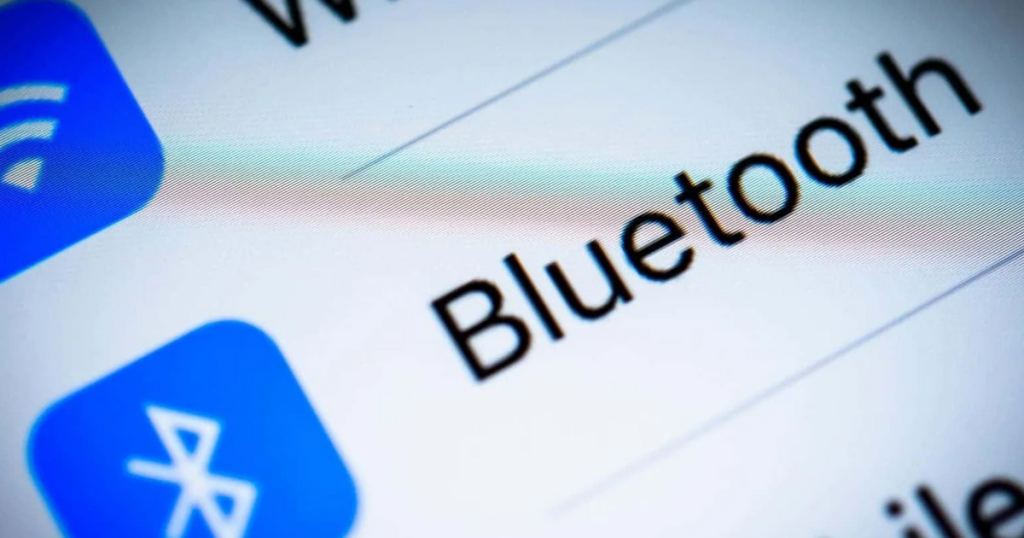Walk into any home or office today, and you’ll find Bluetooth in use. It runs in earbuds, cars, pads, remotes, and even fridges. The tech is old, yet we still deal with the same weak points—drops, lag, and link errors. For a tool this common, it should work better by now.
The dream that still feels far
When Bluetooth came out in 1999, it felt like the start of true freedom. No more wires or messy cords. You could move and work with ease. In some ways, that dream came true.
But if you’ve ever tried to pair new buds or connect your phone to your car, you know it still fails often. Sometimes it links at once. Other times, you wait, try again, or even restart both devices. It can feel random.
This mix of joy and pain sums up Bluetooth. It works—just not all the time. That’s the part that keeps users tired of it, even while they can’t stop using it.
Why it breaks so often
The reason Bluetooth feels shaky lies in how broad it is. It must work with too many kinds of gear. Each maker adds small changes to fit its own design. Those tweaks can make one brand not play well with another.
It also runs on the same 2.4GHz band that Wi-Fi and even some ovens use. So in busy rooms or flats, it gets jammed. The sound starts to skip, or your link cuts out. That’s not your fault—it’s the air around you.
The lag that won’t go away
Audio lag is one flaw that still stands out. Watch a film with low-cost buds, and the voice may drift from the lips. In games, even a second delay can ruin play. New chip sets like aptX and LC3 help fix this, but not all phones or buds can use them yet.
So, while high-end gear may sound clean, most users still deal with lag. It’s like the tech is stuck between old limits and new goals.
Pairing should be simple
You’d think linking gear by now would be easy, but it’s not. Some tools forget links after a day. Others won’t pair till you reset them. Brands like Apple and Google have made their own fast link tools, but they only work best within their own space. Once you cross brands, the smooth link ends fast.
For a system built to “just work,” Bluetooth still makes users do too much work.
Power and range still limit it
Bluetooth was made to save power, not send strong waves. That’s why its range is short. Go a few steps too far, or stand behind a wall, and you may lose sound. This is fine for watches or small bands, but it hurts gear that needs a strong, steady flow, like headsets or mice.
That low power is both its gift and curse—it helps your gear last long, but keeps it weak.
It grows, but not fast enough
New versions come out often, each with big claims. They say it’s faster, stronger, or clearer. Yet most users never feel much change. The truth is that it takes years before new Bluetooth chips show up in all our gear. Many people still use old versions that slow the rest down.
So even if your phone has the newest tech, your car or speaker might not, and that mismatch keeps the problems alive.
Still here, still flawed
After all this time, Bluetooth feels like a friend who never fully grew up. It’s still helpful, still needed, but still messy. We keep rebooting, re-pairing, and hoping the next try works.
The reason is simple—it tries to do too much for too many. That’s what makes it both useful and weak. Until all makers agree on one tight path, we’ll keep facing the same small fights.
And yet, for all its flaws, Bluetooth stays with us. Maybe not because it’s great, but because it’s good enough to keep our world linked—one shaky signal at a time.


